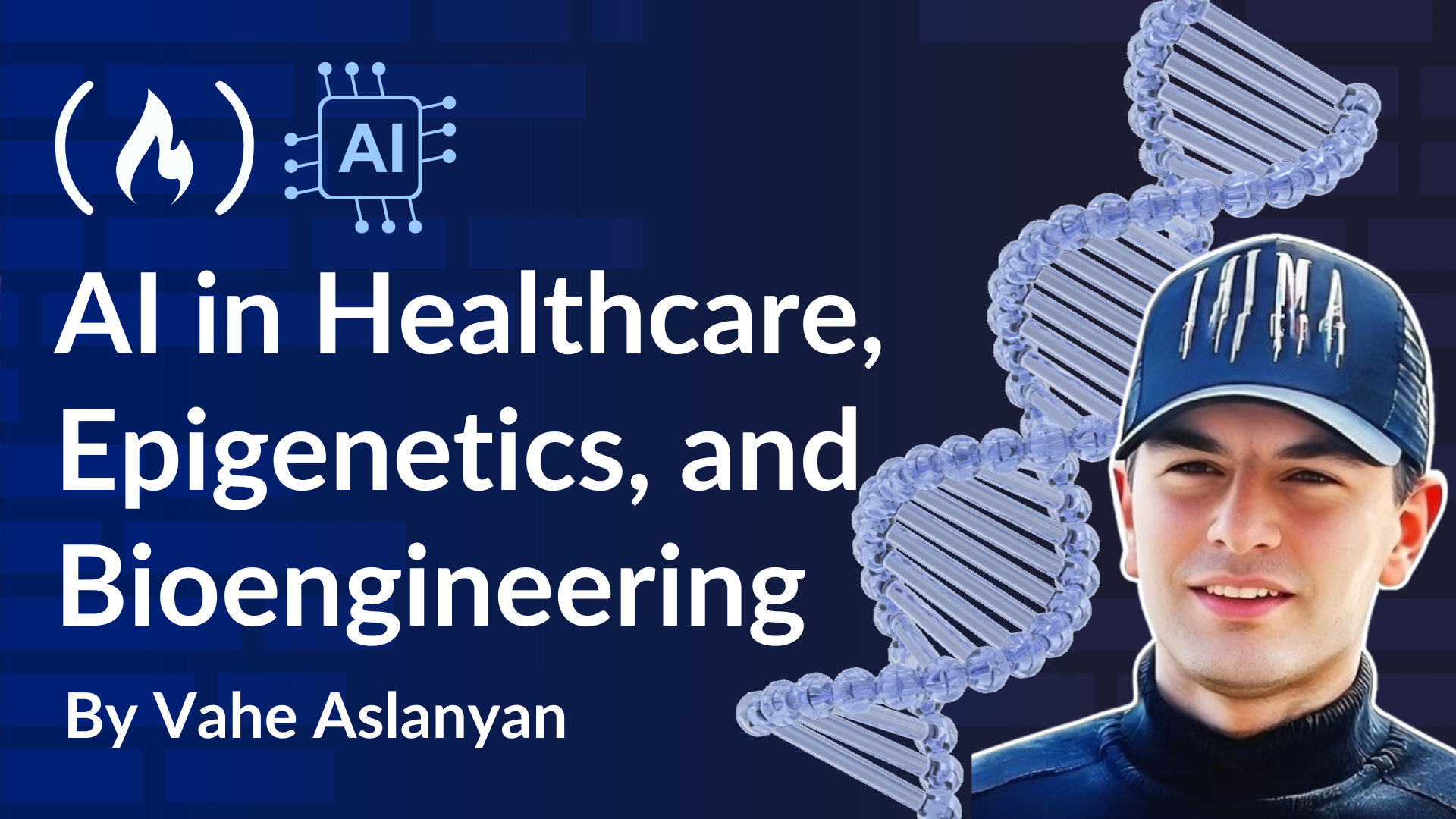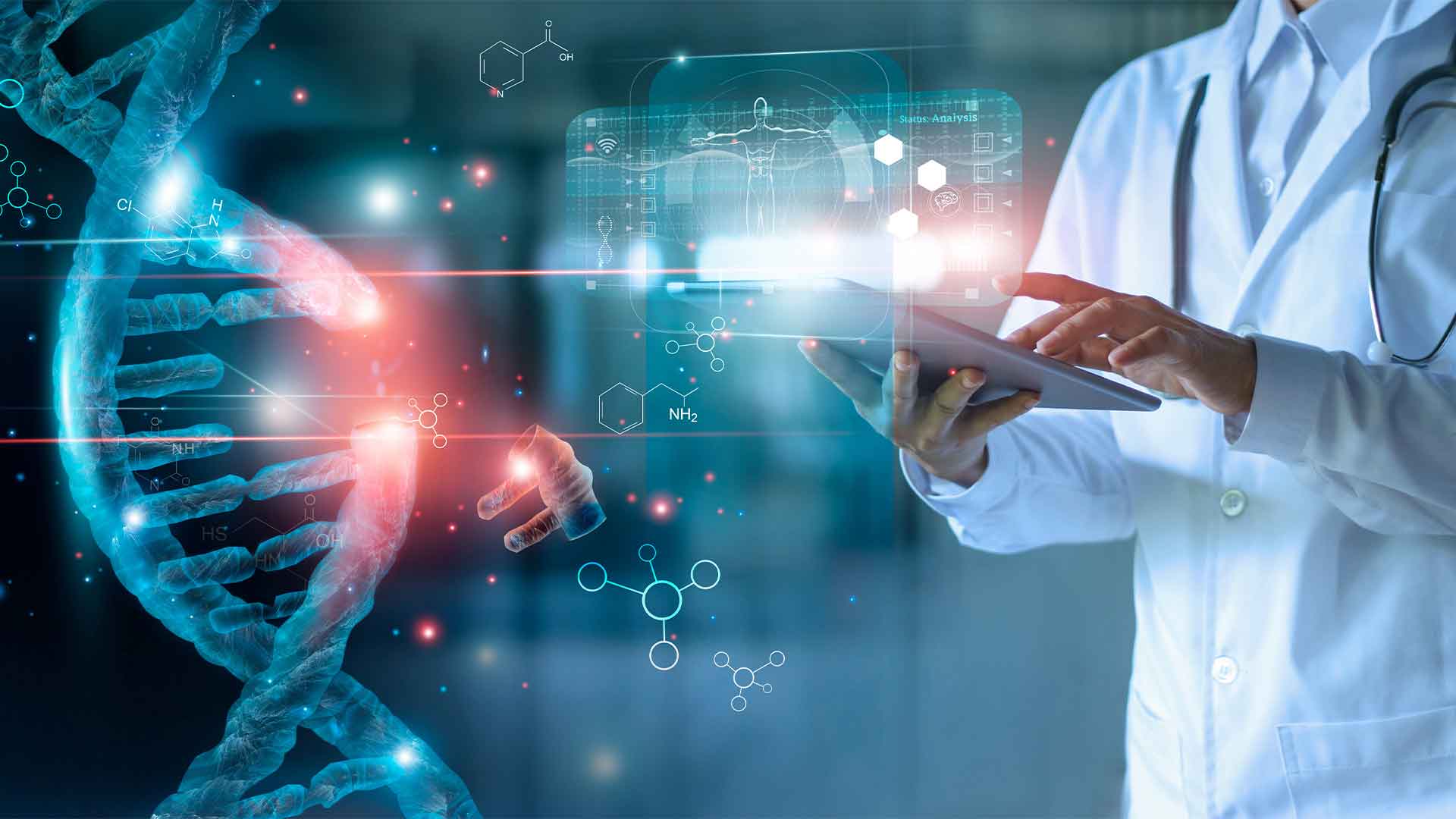
Gene Editing
Gene Editing 관련
Gene Editing Technologies and Their Scope
Gene editing technologies like CRISPR-Cas9 have ushered in an era where we can manipulate the very blueprint of life with surgical precision.
While much attention has been given to curing genetic disorders such as cystic fibrosis or sickle cell anemia, the true potential of gene editing lies in its ability to create entirely new biological paradigms. This transformative capability extends beyond disease treatment, encompassing the enhancement of human traits, agricultural improvements, and environmental conservation efforts.
The precision and versatility of gene editing tools enable scientists to make targeted modifications at the DNA level, opening up possibilities that were once confined to the realm of science fiction.
As these technologies continue to advance, they offer unprecedented control over genetic material, allowing for the customization and optimization of living organisms for specific purposes. The ethical and societal implications of such profound control over life’s genetic code necessitate careful consideration and responsible stewardship.
Gene Drives and Disease Eradication
One groundbreaking concept is gene drives, which could be used to eradicate vector-borne diseases like malaria by altering mosquito populations so they can no longer transmit the parasite.
This approach has already shown promise in controlled environments and could save hundreds of thousands of lives annually if implemented responsibly. By ensuring that the modified genes spread rapidly through mosquito populations, gene drives offer a self-sustaining solution to reduce disease transmission without the need for continuous intervention.
But the deployment of gene drives must be carefully managed to prevent unintended ecological consequences, such as disrupting food chains or affecting non-target species. Collaborative efforts between scientists, policymakers, and communities are essential to ensure that gene drive technologies are used ethically and effectively, balancing the benefits of disease eradication with the preservation of ecological integrity.
The successful application of gene drives could revolutionize public health strategies, providing a powerful tool in the fight against some of the world's most devastating diseases.
Synthetic Biology's Role in Environmental Sustainability
Beyond disease eradication, gene editing paves the way for synthetic biology, where scientists design organisms with entirely new functions.
Imagine bacteria engineered to consume plastic waste in oceans or plants modified to sequester carbon dioxide at rates far beyond natural photosynthesis. These innovations could address some of our most pressing environmental challenges while simultaneously creating new industries centered around sustainable biotechnology.
Engineered organisms can be tailored to perform specific tasks, such as breaking down pollutants, producing biofuels, or enhancing crop resilience, offering versatile solutions to complex problems.
The integration of gene editing with synthetic biology enhances our ability to innovate, enabling the creation of biological systems that complement and enhance natural processes. As these technologies mature, they hold the promise of transforming industries, improving environmental sustainability, and fostering a more resilient and adaptable global ecosystem.
Ethical Considerations in Gene Editing
We must keep in mind, though, that gene editing also raises profound ethical questions that society must address as these technologies become more accessible and powerful. Where do we draw the line between curing diseases and enhancing human traits? Should we allow genetic modifications that improve intelligence or physical abilities, potentially leading to a new era of human enhancement?
These are not hypothetical scenarios but imminent dilemmas that society must grapple with as the technology matures.
The potential for misuse or unintended consequences necessitates robust ethical guidelines and regulatory frameworks to ensure responsible use of gene editing technologies. Public discourse and inclusive decision-making processes are crucial to navigate the moral landscape of genetic manipulation, balancing the pursuit of scientific advancement with the preservation of ethical standards and societal values.
Addressing these ethical challenges is essential for harnessing the benefits of gene editing while mitigating risks and ensuring that its applications align with the broader interests of humanity.
Advancements in Epigenetic Editing
The future may also see advancements in epigenetic editing—modifying how genes are expressed without altering their underlying DNA sequence. This could allow scientists to "turn off" harmful genes or "activate" beneficial ones dynamically, offering new ways to treat diseases like cancer or autoimmune disorders.
Unlike traditional gene editing, which involves permanent changes to the genetic code, epigenetic modifications are reversible and can be tailored to respond to environmental factors or therapeutic needs.
This flexibility provides a more nuanced approach to genetic intervention, enabling precise control over gene expression and reducing the risk of unintended genetic alterations. Epigenetic editing holds promise for personalized medicine, allowing treatments to be customized based on an individual’s unique genetic and epigenetic profile. By targeting the regulatory mechanisms that control gene activity, scientists can develop sophisticated therapies that address the root causes of diseases while minimizing side effects and enhancing overall treatment efficacy.
